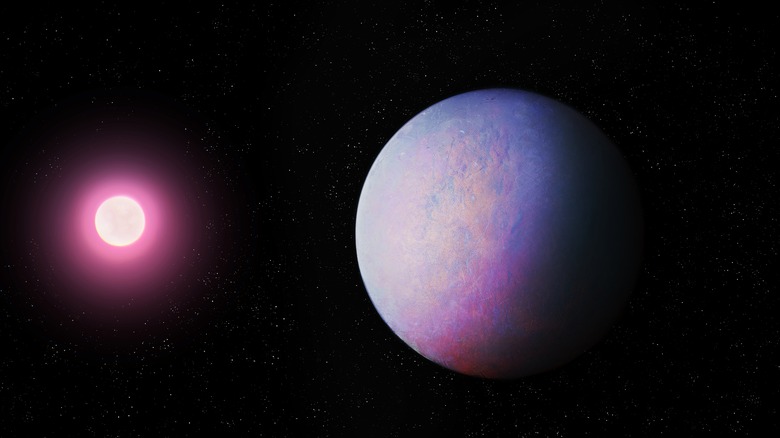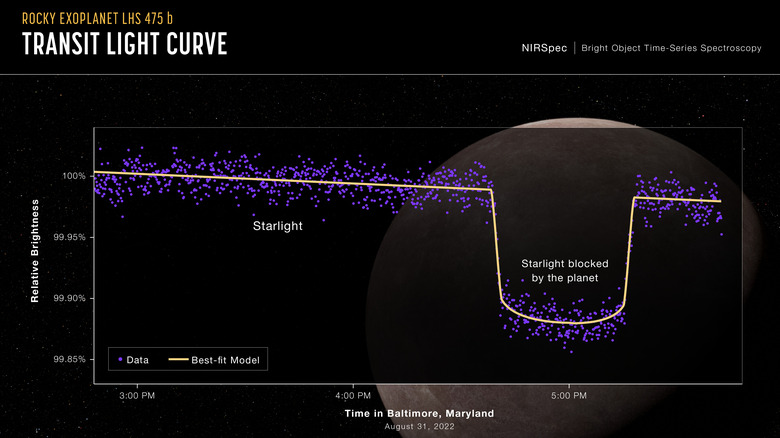NASA's Webb Telescope Makes Its First Exoplanet Discovery, A Rocky Planet Similar In Size To Earth
The James Webb Space Telescope has assailed yet another impressive exploration milestone. Using data collected from Webb's Near-Infrared Spectrograph (NIRSpec), scientists have confirmed its first exoplanet discovery. Located in the constellation Octans, the exoplanet system discovered by the Webb telescope is nearly 41 light-years away.
Interestingly, this exoplanet is nearly the same size as Earth, but it is unclear whether it has a functional atmosphere or not. Webb's remarkable achievement comes courtesy of a research team from the Johns Hopkins University Applied Physics Laboratory. Named "LHS 475 b," according to NASA, the exoplanet in question has a rocky profile, but so far, Webb's onboard instruments haven't discovered any traces of a chemical element or molecules after reading its transmission spectrum.
The planet is a few hundred degrees hotter than the Earth and completes an orbit around its red dwarf star in just two days. The close proximity with its natural sun would ideally mean an atmosphere won't be possible on the rocky planet, but there's still a small chance because the star is only half as hot as our own sun.
An atmospheric mystery
Planets orbiting close to their sun usually have their atmospheres stripped away, but there's always the chance of an atmospheric shell composed of light gases like carbon dioxide. In the case of LHS 475 b, scientists are trying to unravel any such possibilities. More precise data is required to solve the mystery, with additional spectrum measurements slated to arrive in the summer of 2023.
"A 100% carbon dioxide atmosphere is so much more compact that it becomes very challenging to detect," says Jacob Lustig-Yaeger from the research team behind the discovery (via NASA).
For now, the team is looking at multiple scenarios regarding atmospheric presence on LHS 475 b. The only certainty is that this exoplanet can't possibly maintain a dense atmosphere akin to the methane-heavy conditions on Titan, one of Saturn's natural satellites. What they are certain about is the fact this is just the start of exoplanet discoveries made using the Webb telescope, especially those covering Earth-like planets beyond our solar system.

